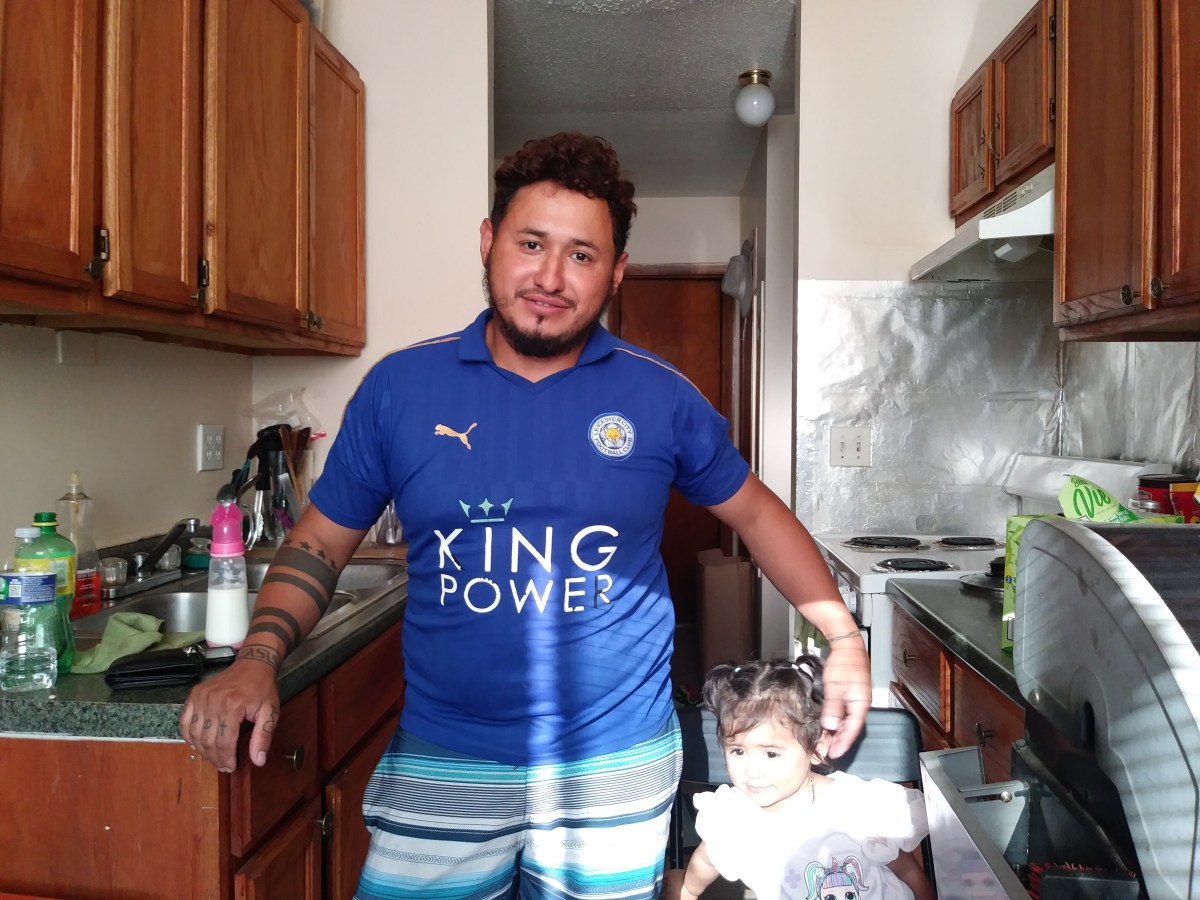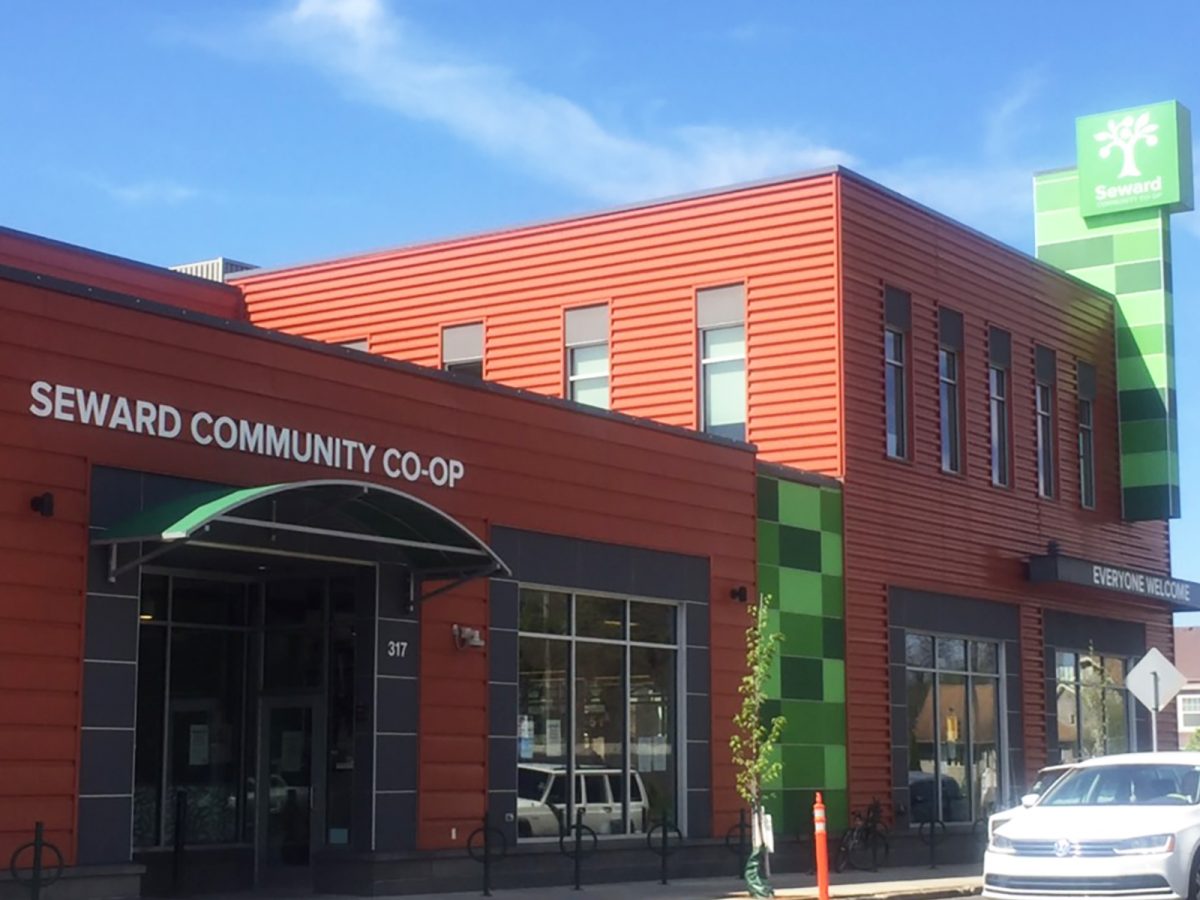Four years ago, Mohamed Mire Mohamed came to Minnesota for the same reason many other Somalis have: to raise his three children among Somali Americans, who have established a conspicuous presence here over the past three decades.
Mohamed made the move from Tennessee. But the two decades Mohamed has lived in the United States have taught him that hardly any place in the U.S. can match the community options—such as Somali-run charter schools, Somali-owned businesses and cultural centers, and Somali-operated houses of worship—the Twin Cities provide. For parents who want to teach their kids to love their Somali heritage, he said, the metropolitan region feels just about right.
Then came time to secure employment. With bills piling up and the fridge nearly empty, Mohamed turned to a retail giant that has employed unskilled workers like him: Amazon. “I needed to find work right away,” Mohamed said. “I have a family to feed.”
Since then, Mohamed has spent 40 hours per week at the Shakopee fulfillment center. Here, he’s done almost everything there is to do in the warehouse. He has loaded and unloaded boxes, transported products to stowers, placed items into storage shelves, and shipped orders for customers.
These days, the 48-year-old earns $20.30 an hour for training new employees on scanning, stowing, packaging, and shipping. These tasks often require standing at one place for extended periods of time—and keeping up with robots that work alongside human employees.
Mohamed and his colleagues at Amazon are essential workers—a labor category that includes health care providers, first responders, grocery staffers, and those working in construction, transportation, manufacturing, and agriculture. Generally speaking, essential workers are people who can’t work from home.
In the wake of the COVID-19 pandemic, essential workers have garnered national praise for risking their health to keep the country functioning. In one dramatic display, the Minnesota National Guard flew jet fighters over the state to show, in the words of Major General Jon Jensen, “solidarity for those who have stepped forward to serve during this pandemic.”
In the wake of the COVID-19 pandemic, these workers have garnered national praise for risking their health to keep the country functioning. In one dramatic display, the Minnesota National Guard flew jet fighters over the state to show, in the words of Major General Jon Jensen, “solidarity for those who have stepped forward to serve during this pandemic.”
In these rosy depictions about essential workers, however, one group has remained underpaid and undervalued: low-wage essential immigrant and refugee workers. These laborers—both documented and undocumented—have often worked unprotected on the front lines of the outbreak, while finding themselves excluded from certain federal and state relief funds.
That’s according to “Immigrant Essential Workers During the COVID-19 Pandemic,” a recent report by the Massachusetts-based Public Education Institute at The Immigrant Learning Center, which aims to breathe life into the forgotten narratives of these workers, especially those living and working in Minnesota, California, and Texas.
The 40-page study, released on December 13, interrogates the experiences of immigrants working in essential industries, examines the contributions they’ve made in their respective fields, and exposes how the pandemic has impacted their lives and the people around them.
Denzil Mohammed, who directs the Public Education Institute and co-authored the report, spoke with Sahan Journal about its significance.
“In all essential industries, immigrants were overrepresented,” he said. “I wanted to see what their lived experience was like, especially since it was clear that the federal government rendered them invisible.”
Minnesota’s immigrants fill the ranks of essential workers in cleaning, manufacturing, construction
Nationwide, essential immigrant and refugee workers are disproportionately represented in the labor force. In fact, in more than 40 states, as the report notes, “the foreign-born share of the essential workforce is the same or higher than the share of foreign-born workers in that state’s overall labor force.”
In Minnesota, for instance, immigrants represent only 8.5 percent of the state’s total population. Yet, they account for 16 percent in the construction sector, 14 percent in wholesale trade, and 10 percent in manufacturing.
In the Twin Cities metro area, the share of immigrant workers in the essential labor pool is strikingly high. In manufacturing, for example, 20 percent of workers are foreign-born. In the cleaning and waste industry, that number is a whopping 35 percent.
In the Twin Cities metro area—which holds large immigrant and refugee communities from Africa, Mexico, Southeast Asia, and Central America—the share of immigrant workers in the essential labor pool is strikingly high. In manufacturing, for example, 20 percent of workers are foreign-born. In the cleaning and waste industry, that number is a whopping 35 percent.
related stories
Indeed, the role that immigrant essential workers play in Minnesota’s economy explains why Denzil and his co-author, Anuradha Sajjanhar, chose to study the state along with California and Texas.
“If you look at the breakdown of countries of origin per state, Minnesota … actually has the biggest variety of countries of origin of workers,” Denzil said.
That isn’t the case for states such as California, Texas, Florida—even though these states claim much larger proportions of foreign-born residents than Minnesota. For instance, Denzil added, California and Texas hold large concentrations of Mexican immigrants, mainly due to their proximity to Mexico. In Florida, Cubans are the dominant foreign-born residents.
Minnesota’s foreign-born essential workers are also different in the range of industries in which they work: a list that includes health care, education, transportation, manufacturing, and agriculture. In California and Texas, these workers mostly cluster in agriculture and food services.
In the study, researchers interviewed dozens of essential workers, community organizers, and policy experts in the three states. In Minnesota, the interlocutors included workers from Nigeria, Ethiopia, Thailand, and Yemen.
The U.S. protects industries, but not workers
The COVID-19 pandemic has impacted every American, no matter their race, gender, education, or socioeconomic background. However, the pandemic has disproportionately harmed Americans of color and foreign-born immigrants and refugees.
The study found that many immigrants and refugees in the essential work force have lost their jobs due to the pandemic. That’s because these workers are overrepresented in sectors such as hospitality, construction, transportation, and manufacturing, which the study notes are “most prone to layoffs.”
Between 2019 and 2020, according to the study, “the immigrant employment level fell by 2.7 million”—a drop of nearly 10 percent.
The report continues:
Despite these losses, many immigrant workers received limited or no relief from federal public support programs under existing law or the multiple rounds of COVID-19-related legislation. These include the Family First Coronavirus Response Act, the Coronavirus Aid, Relief and Economic Security (CARES) Act, … and the American Rescue Plan Act. Rather than legislating more protections for foreign-born workers, the CARES Act of 2020 specifically barred families with an undocumented family member (“mixed-status” families) from receiving a stimulus payment. An estimated 6.2 million essential workers were ineligible for relief payments under the CARES Act, either because they were one of the 5.5 million undocumented immigrant essential workers in the U.S. or in mixed-status families.
An Ethiopian-born nursing assistant in St. Paul, whom researchers identify as Sandra, expressed her frustration, saying that she hasn’t gotten the pandemic stimulus checks. “You put yourself at risk for your family and the community,” Sandra told researchers. “I was expecting something … but they didn’t give me anything.”
Sandra, an Ethiopian-born nursing assistant in St. Paul, expressed her frustration, saying that she hasn’t gotten the pandemic stimulus checks. “You put yourself at risk for your family and the community,” Sandra told researchers. “I was expecting something … but they didn’t give me anything.”
The study also found that the federal government protected certain industries but not the workers, especially those in food production and distribution. For instance, when former President Donald Trump signed an executive order shielding meat-processing plants as an essential industry, the report states, “he didn’t issue any enforceable worker protections even as the number of workers contracting COVID-19 skyrocketed.”
Unprotected and ostracized
In the end, immigrant essential workers had to pay the price. As one interviewee told researchers, “There were outbreaks in farms because employers weren’t putting in place protections, they weren’t putting in place social distancing protocols, they didn’t have access to hand-washing stations.”
Lack of accurate information about the COVID-19 vaccine also presented challenges to immigrant and refugee communities in Minnesota and across the country. Indeed, when the vaccine shots became widely available, many immigrant workers remained hesitant to take the shots.
Among them was Ada, a Woodbury nursing assistant from Yemen. Ada’s main concern was whether the immunization was safe enough to take because, as she told researchers, “there is a history of companies and government agents that will hide things or manipulate researchers.”
In addition, the study revealed that many essential immigration workers felt ostracized as suspected carriers of the virus. This has happened to them even as Americans celebrated and recognized essential workers as “heroes.”
One Ethiopian health-care worker in Woodbury told researchers that, since the start of the pandemic, her neighbors have stopped interacting with them. “They’re scared of us,” she said.
A Nigerian nursing assistant in Coon Rapids described being ostracized for her job: “There were times I would go out and I’d need to stop somewhere on the way to work and people would look at my scrubs and treat me like I was diseased.”
A Nigerian nurse assistant in Coon Rapids added, “There were times I would go out and I’d need to stop somewhere on the way to work and people would look at my scrubs and treat me like I was diseased.”
Taking the virus home
For Mohamed Mire Mohamed, the Amazon employee, much of what’s documented in the report matches what he’s experienced in his everyday life over the past two years.
But there’s one aspect about the pandemic that he said pains him the most. After he finishes his daily shift at the fulfillment center, Mohamed greets his young kids at the door. Yet he finds himself repeating one of the most difficult things a father could say: “Get away from me.”
He says this not out of cruelty, but for fear of transmitting the COVID-19 virus to them. Mohamed speaks these words almost every day—until he washes and changes into clean clothes. Then he lets the kids dive into his arms.
This story was produced in partnership with Minnesota Transform and the Immigration History Research Center at the University of Minnesota.






